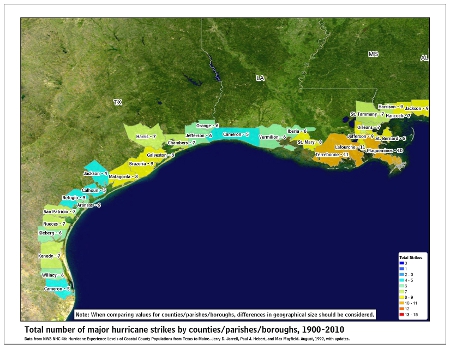| Tropical Storm Dolly (SSHWS) | |
| Duration | June 22 – June 24 |
|---|---|
| Peak intensity | 45 mph (75 km/h) (1-min) 1002 mbar (hPa) |
On June 19, the NHC began monitoring an area of disturbed weather off the Southeastern US coast for possible subtropical development in the short term.[63] Slowly moving northwest, the system developed into a more defined non-tropical low pressure system by early on June 21.[64] However, at the time, the low pressure system was not considered likely to develop due to unfavorable sea surface temperatures.[65] The system's circulation slowly grew more defined throughout the day and some thunderstorms began to develop near the circulation, but the system exited the warmer waters of the Gulf Stream later that same evening and began to lose any convection that developed.[66] Contrary to predictions, the low moved south back into the Gulf Stream in the afternoon of June 22, and new thunderstorm activity began to fire near the circulation.[67] The low's convective activity rapidly became more defined and well organized while the circulation became closed, prompting the National Hurricane Center to upgrade the system into Subtropical Depression Four at around 21:00 UTC on June 22.[68] On June 23, the system's wind field had contracted significantly, becoming more characteristic of a tropical cyclone, while also strengthening further with winds to gale force, allowing the NHC to upgrade the system and designate it as Tropical Storm Dolly at approximately 16:15 UTC with winds of 45 mph (72 km/h).[69] This event marked the third-earliest occurrence of the fourth named storm in the calendar year on record, behind only Tropical Storm Debby of 2012 and Tropical Storm Danielle of 2016.[3][70] Dolly was also the farthest north-forming system on record before July 1 in the Atlantic, and the second-farthest north-forming named storm on record in the North Atlantic before August 1.[71] However, Dolly's peak intensity proved to be short-lived as its central convection began to diminish while it drifted over colder ocean waters, and the storm consequently weakened.[72] At 15:00 UTC on June 24, Dolly became a post-tropical cyclone, with any remaining convection displaced well to the system's south and the remaining circulation exposed.[73]

 DONATE
DONATE![[Map of 1950-2017 CONUS Hurricane Strikes]](http://www.nhc.noaa.gov/climo/images/conus_strikes_sm.jpg)











